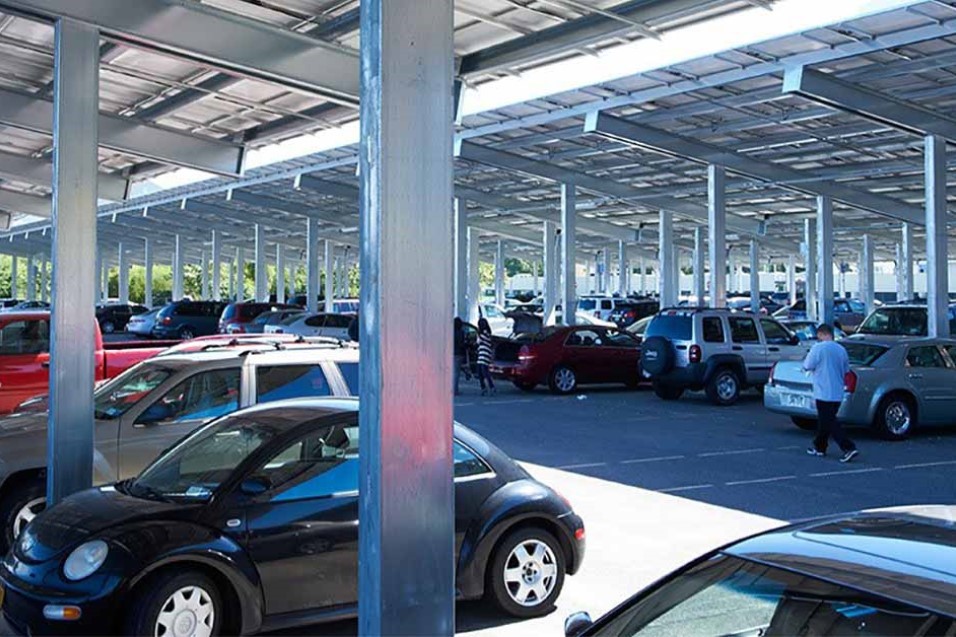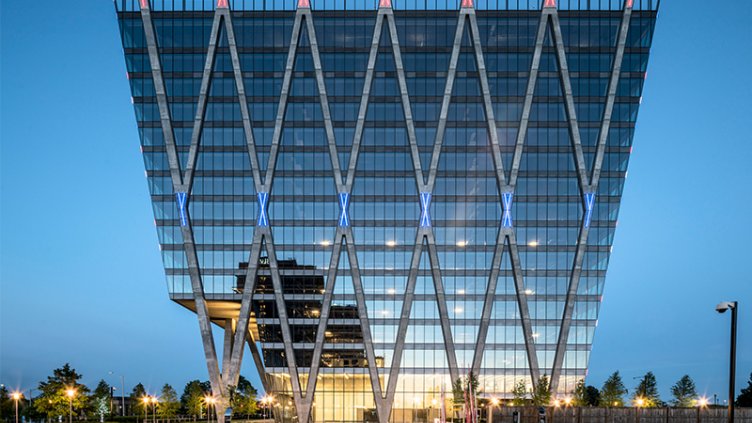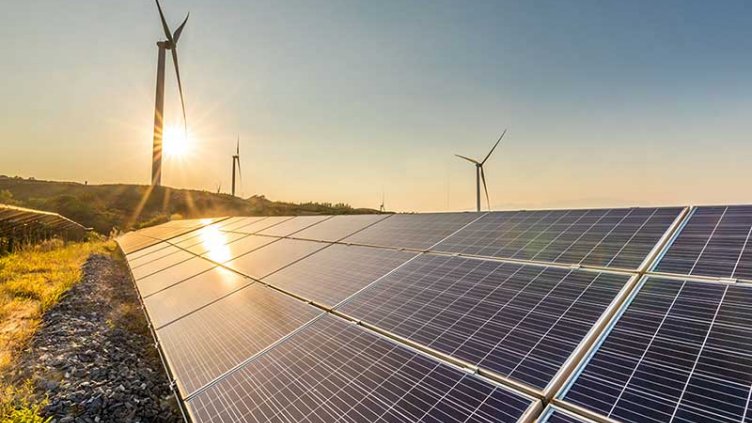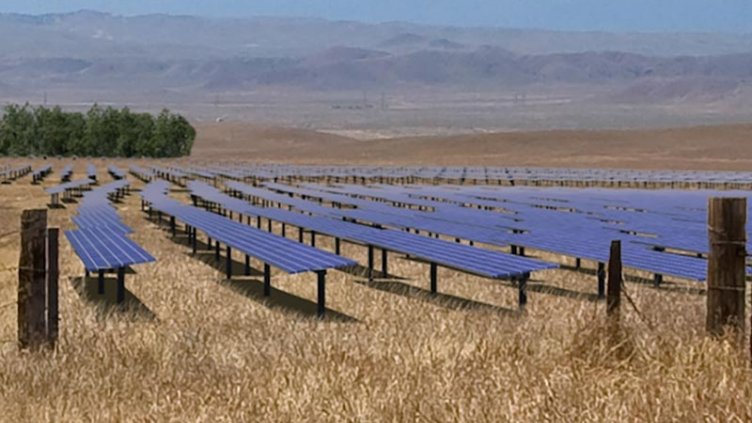How Metro achieved a
$50 million solar power revenue stream
Washington Metropolitan Area Transit Authority (Metro) boosts sustainability and infrastructure
Value
$50 million in lease revenue to Metro over 25 years
Layout
Solar panel carports/canopies at 4 Metrorail stations
Spotlight
WMATA is creating one of the nation’s largest community solar power installations.
Also, as one of the only public transit authorities without independent taxing authority, JLL has helped Metro leverage its facilities as revenue sources. These innovations—including public-private partnerships (P3s) in the form of real estate development projects on Metro-owned land—have helped compensate for ridership fluctuations during recessions and, today, the pandemic.
As stated in the agency’s 2019 Annual Sustainability Report, sustainability for Metro is a fundamental business approach that makes transit operations more resilient and fiscally responsible, while also reducing environmental impacts. Now, the transit authority is becoming a leader in providing community solar power, while creating a new revenue stream.
Opportunity: A community benefit that generates revenue
After the District of Columbia announced its 2018 Clean Energy DC Plan, Metro enlisted JLL to uncover a potential path to increasing its impact on regional carbon emissions reductions while creating a new revenue stream to support its transit mission. The District of Columbia offers one of the nation’s most attractive incentive programs for solar energy projects, and Metro saw an opportunity to enlist JLL to help Metro monetize its assets by inviting the solar energy industry to bid on the opportunity to generate solar power on Metro-owned property. Through hosting a solar power installation, Metro could generate new revenues while also making a major contribution to advancing regional clean energy goals, including the Clean Energy DC Plan.
Recognizing that the project would be complex, the transit authority turned to JLL and AECOM, a project management consultant with significant large-scale solar development experience, to facilitate transactional and engineering success. Having worked with Metro for nearly two decades, JLL came to the project with a deep understanding of Metro’s real estate, as well as a track record of creating and implementing renewable energy agreements with energy providers and a wide range of organizations, including other public agencies such as the U.S. Army.
“A clean energy partnership is a highly complex undertaking. For a feasible agreement, you have to bring together project finance, infrastructure expertise and engineering experience—along with an understanding of the real estate portfolio.”
Setting the stage for success: Shedding light on a complex challenge
First, the project team began meeting with potential solar energy partners to gauge their interest. Concurrently, the team performed a technical review to better understand the characteristics of each Metrorail site and estimate how many panels each site could accommodate. After analyzing the potential power capability and applying federal and local incentives, JLL created a business case and recommendations for developing solar projects on Metro’s parking facilities.
One key early decision was for JLL to determine whether the developer should provide all of its solar power to the local electrical grid for the benefit of the community or to Metro’s own operations. Deeper analysis revealed that the cost and complexity of integrating the solar power into Metro’s rail operations would likely outweigh benefits.
The project’s financial viability depended on choosing locations covered by the District of Columbia’s solar incentives and where interconnection was feasible. The team anticipated the complexity of connecting the solar power system to the municipal grid around the Metrorail stations and did significant research to identify site and infrastructure constraints before releasing a detailed RFP. Adding to the project’s challenges are state and local utility regulations, which vary according to whether a site is located in the District of Columbia or in Maryland.
Ultimately, four locations were selected for the installations. JLL drafted the RFP, evaluated proposals, ranked proposals and, once Metro selected a solar developer, helped negotiate the agreement with SunPower Corp. (SunPower) and Goldman Sachs Renewable Power (GSRP). Throughout the selection process, the goal was to optimize the power-generation opportunity, maintain safe transit operations, and optimize the revenues for Metro, while keeping the terms attractive for the solar developer.
Today, Metro is working with SunPower and GRSP in a $50 million, 25-year solar power agreement. At no cost to Metro, SunPower will install solar-panel carports or canopies over parking lots and parking garages at four Metrorail stations to generate power for nearby communities. GSRP will own the solar power system and provide annual lease payments to Metro for up to 25 years, providing a long-term revenue stream to support the transit authority’s operations.
Resolution
Solar power is now the latest the community benefit provided by Metro through one of the largest community solar power installations in the United States. When complete, its 17 acres of photovoltaic solar panels will generate enough solar energy to power at least 1,500 single-family homes and commuters will enjoy shaded parking and improved lighting at the four Metrorail stations.
Through creative and sophisticated approaches to its sustainability commitment and management of real estate assets, Metro has leveraged the strengths of both to become one of the most forward-looking transit infrastructure authorities in the nation. Its innovative initiatives have helped the transit authority gain millions in additional non-traditional revenues and generate up to 15,000,000 kWh of renewable energy annually, while providing clean, safe, reliable and equitable transportation; expanding the tax base in its communities; and providing economic benefits for residents.




